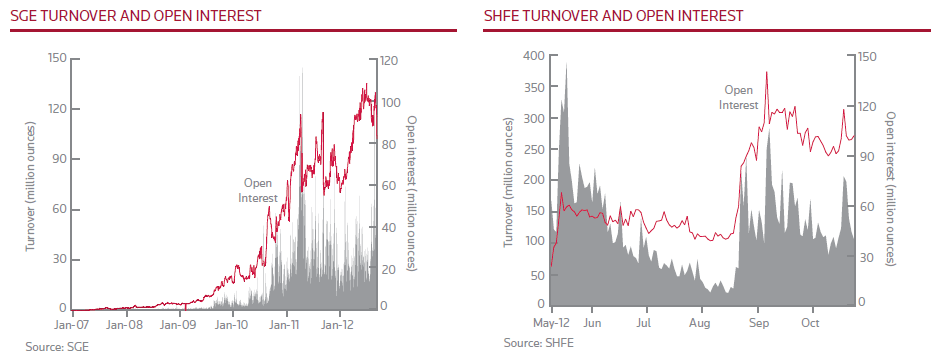Trading Futures on the Silver Exchange
Post on: 23 Июль, 2015 No Comment

Investment has been a core element of the silver market due to its appeal in the form of jewelry and ornaments. However, due to the small market size and speculative appeal, price volatility is the highest for silver among the major commodities. Thus, prices in the silver exchange fluctuate even with a little influx of capital. Speculators are attracted to this volatility, adding to the gyrations.
Trading in this precious metal is conducted at the two popular silver exchanges, the eCBOT (Chicago Board of Trade) and the COMEX (division of the New York Mercantile Exchange — NYMEX).
Silver Exchange: Factors Influencing Demand
Trading in the silver exchange depends entirely on demand for the previous metal. Silver prices are dependent on the demand from the following sources:
- Government reserves. The US government keeps silver in reserves and uses it for several purposes like minting coins. The government resorts to buying the metal in high quantities from the market when the reserves plummet, pushing up the demand.
- Industrial demand. Industries account for about 40% of the demand for silver. This metal is used in mirrors, electronics, batteries and photographic equipment, among other products.
- Demand from the ornament and silverware market.
- Demand from investors and speculators: This group accounts for 5% of the demand for silver. For example, purchases made by large investors can have an immediate impact on the demand and price of silver.
Silver Exchange: Trading Futures Contracts
A futures contract is a legal agreement standardized by a silver exchange. In the silver futures contract, a buyer agrees to receive the delivery of the metal on a future date at a predetermined price.
The features of silver trading in exchanges are:
- Silver is traded in mini and normal contracts. While the mini contract allows trading in 1,000 ounces, the normal contract involve trading in 5,000 ounces of silver. While the mini contract can be traded only in eCBOT, a normal contract is available at both the silver exchanges.
- The most active months for delivery in terms of volume and open interests are March, May, July, September and December.
- Exchanges have set position limits for silver trading.
Only about 1% of silver futures contracts traded every year result in delivery. Traders generally close their futures positions before the maturity date of their contracts.
Silver Exchange: Contract Specifications
The contract specifications for futures and options trading on the COMEX silver exchange are:
Trading unit:
Futures: Trading takes place in lots of 5,000 troy ounces.
Options: Trading takes place in lots of COMEX Division silver futures contract.
Trading hours: The open outcry session starts at 8:25 and closes at 13:25 New York time.
Price Quotation: The contract price is quoted in dollars and cents per troy ounce.
Maximum Price Fluctuation: Maximum price fluctuation is in multiples of one-half cent ($0.005) per troy ounce (equivalent to $25 per contract). For straddle or spread transactions, as well as the determination of settlement prices, the price changes are registered in multiples of one-tenth of a cent ($0.001) per troy ounce equivalent to $5 per contract. A fluctuation of one cent ($0.01) is equivalent to $50 per contract.
Futures: Trading ceases at the close of business on the third last business day of the month when delivery matures.
Options: Trading ceases on the second Friday of the month prior to the delivery month of the underlying futures contract.














